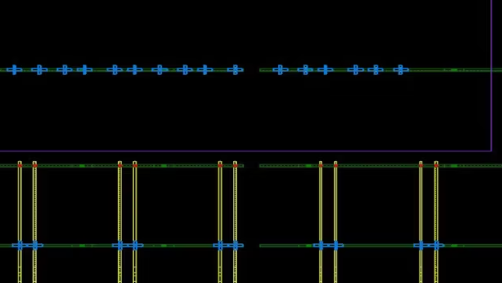The piezoelectric effect is pretty straightforward. With certain crystals, if you apply strain, the separation of dipoles in the crystal will set up a piezopotential.
Let’s take that one step further by making contacts on either end of a nanowire made of an appropriate material – in particular, ZnO, but potentially other so-called “wurtzite” semiconductors. Put a potential across is and use mechanical stress in the nanowire to modulate the current: you’ve basically got a FET, with the nanowire acting as a mechanical gate.
Those contacts are Schottky contacts, and the strain allows the Schottky barrier to be raised. But if you shine an appropriate laser on the contact, you can create electron-hole pairs, lowering the Schottky barrier, and even making the contact Ohmic instead.
This three-way interplay between the piezopotential created by strain, the optical excitation, and the transport properties of the semiconductor is referred to as piezophototronics. Say it slowly until you get used to it so you don’t hurt yourself.
How is that useful? Well, for one thing, it can be used, as was just demonstrated at Georgia Tech, to increase the performance of a GaN LED by forming a junction between a GaN film and a ZnO nanowire. The interface formed a p-n junction, with the GaN being the p side and the nanowire being the n side.
By straining the nanowire, they could tune the charge transport and effectively increase the rate of electron-hole recombination, increasing the overall efficiency by 4 times.
That’s the condensed version, the bottom line. You can get more details in their recent release.




